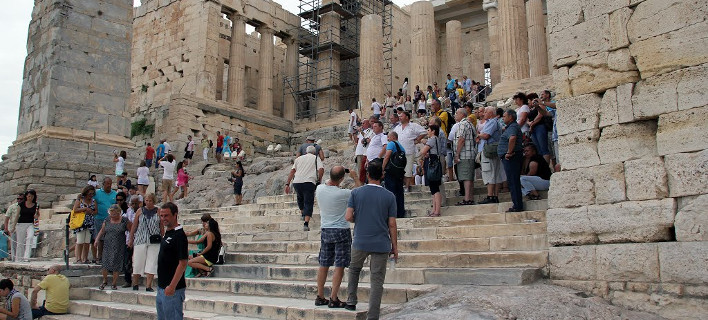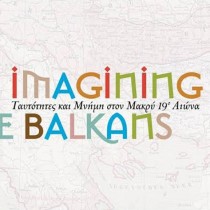The American archaeologist Dorothy King for Amphipolis: “There is buried one of the most important persons of the world”
E interest presents the last public position by the American archaeologist Dorothy King. Specific, the Dorothy King writes that "the ancients erected monuments and statues placed under propaganda campaigns. Both history and archaeology has always been part of the identity of a nation. Still, de, be used for propaganda purposes to today. Some times this is bad, sometimes good.
"The sculptures of the Parthenon that Lord Elgin's ferried in London played a role first-class ambassadors on behalf of the Greeks at the beginning of the 19th century. Helped to understand all that the Roman architecture was not superior to the ancient Greek, on the contrary, Indeed, that the Romans had copied the Greeks. The Greek civilization, who remained on a huge amount of time hidden due to the Ottoman conquest, It was worthy of admiration. This led directly to the formation of a power philhellenic, Thanks to whom funds were raised to support the Greek struggle for independence. Whatever terms they can have everyone today for the Lord of Elgin, at the time that he acted, his actions led directly to raise money with purchased weapons, which contributed to the liberation of Greece from the Ottoman Empire.
Apparently, not every propaganda necessarily good or historically documented. The name “Romania”, for example, means “land of the Romans”, Although
This area was just one of many that had conquered the Romans, without never to consider their homeland and base. Skopje had various names in ancient times, but never the “Macedonia” It was not one of them. I must admit that the ancient Macedonians conquered the country of today's Skopje, though Alexander the great conquered also the contemporary Iran and Afghanistan. However, None of these countries argued that it was part of ancient Macedonia!
Aside from the ridiculous theories that the monument of Amphipolis created by Romans, that Ms. Peristeri and the talented people who make bad framing excavation, Now we have categories that Amphipolis is used for political propaganda. Though, even if this is true, What a tease; Anyone. We all know the greatness of Athens for centuries and now the headlights shift somewhat from Athens to ancient glory of Macedonia. The Macedonians did not appear out of nowhere in the spotlight of history with Philip II’ and not only thanks to the Mega flashed Alexander.
One of the most important WINS, was the levelling of the Persian army from Alexander a.’ in Amphipolis. The Evripides spent time in the Royal Court of Macedonia, composing several of his works before he died in 406 e.g.. -as with several other celebrities of the intelligentsia and the art of antiquity. Alexander the great had this kind of payments, was a product of this environment.
Many ancient Greek monuments erected to show the political strength to carry out propaganda purposes. The Parthenon eg captures the celebration for the victory at the battle of Marathon and the Greek superiority versus the Persians, Thanks to which defeated.
"Anyone and if it was he who built the monument in the Tumulus Kasta, imparted by focusing a series of political messages. The colossal dimensions refer, noticeably, the intention to look that there were buried one of the most important persons of the world. The Sphinxes were once’ a symbol of Amphipolis and used in the coins of the city, on the other hand’ but then they were, in all certainty, with Alexander during the period of the Roman Emperor Augustus.
The circular yard were more rare and more difficult to construct than a square, which means that the intention behind its design was the demonstration of the last word of the technical possibilities for that time. Almost everything in Amphipolis symbolized something and, the monument was intended for Alexander the great, either someone equally strong with him, the monument was in substance an excellent propaganda work.
Sadly the Greece struggles to overcome the economic crisis and, during the past decades, not funded all archaeological excavations as best would happen in an ideal world-not that this is done in other countries or that they will ever achieve. But if the news about great revelations made to Amfipolis elevate the morale of the people, giving him a chance to feel pride about something, then why is something bad;
Art has always been used as a propaganda instrument. But that is not always something negative ".
By Archaiognwmwn F















